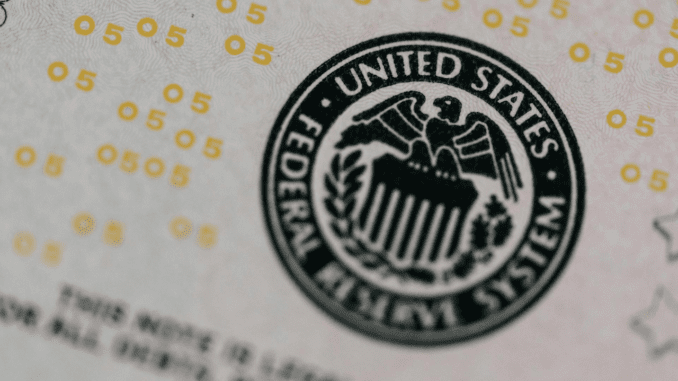
Federal Government Faces Fiscal Crisis in 2025
By Oshadhi Gimesha, Lead Journalist | Editor-in-Chief Approved
A Look at the U.S. Debt Crisis
The U.S. federal government faces a potential debt default as interest payments on its $36 trillion debt are set to exceed $1 trillion in 2025. As of March 24, 2025, this fiscal challenge threatens economic stability. For U.S. and global markets, it’s a critical moment—default risks are rising.
Key Points
- U.S. debt reached $36 trillion, with $1 trillion in interest payments due in 2025.
- Interest payments are projected to hit $1.14 trillion by December 31, 2025.
- A debt default could disrupt U.S. and global economies if unresolved by June 1, 2025.
A Growing Fiscal Challenge
The U.S. federal government is grappling with a $36 trillion national debt, and interest payments alone are on track to surpass $1 trillion in 2025. As of March 24, 2025, this burden has reached a critical point, with projections estimating $1.14 trillion in interest payments by December 31, 2025, driven by higher interest rates and increased borrowing. This escalating burden raises the spectre of a debt default, a scenario that could have far-reaching consequences for both the U.S. and global economies.
With inflation at 5.3% and gas prices up 12% since January 1, 2025, U.S. households face $398,400 housing costs as of March 1, 2025—economic pressures are already high. In Canada and the UK, where U.S. economic stability influences markets, this feels like a warning: a U.S. default could trigger financial market disruptions. For French and Dutch investors, it’s a concern—U.S. debt issues might lead to global economic slowdowns. Germans and Aussies, focused on global stability, see stakes: if a default occurs by June 1, 2025, the fallout could be severe.
Why This Matters Now
The U.S. national debt has grown significantly, reaching $36 trillion as reported on March 24, 2025. Interest payments on this debt are expected to exceed $1 trillion in 2025, with projections estimating $1.14 trillion by December 31, 2025. This increase is due to higher interest rates and the government’s reliance on borrowing to fund its obligations. The federal deficit, which contributes to the debt, is driven by spending that outpaces revenue, a trend that has persisted despite recent economic growth.
A potential debt default looms if the government cannot meet its payment obligations, a risk heightened by the current debt ceiling dynamics. Congress sets a limit on federal borrowing, and if this limit is reached without action, the government might be unable to pay its debts, leading to a default. Such an event could disrupt financial markets, increase borrowing costs, and slow economic activity. The U.S. economy, already navigating inflation at 5.3% as of March 1, 2025, faces added strain. In Australia and the Netherlands, where global economic stability is key, this debt crisis feels like a test of resilience.
Wins and Losses
Bondholders face risks—a default by June 1, 2025, could lead to missed payments, shaking confidence in U.S. treasuries. Businesses might see higher borrowing costs if markets react, potentially slowing growth by January 1, 2026. However, some investors benefit—those holding safe-haven assets like gold could see gains if a default increases market volatility. The government gains time to act, as projections extend to December 31, 2025, offering a window to address the crisis.
Small businesses could struggle if borrowing costs rise by January 1, 2026, limiting access to credit. In the U.S. and Germany, where economic stability shapes markets, this crisis raises a question: can Congress act in time?
What’s Next for the U.S. Economy?
If Congress raises the debt ceiling by June 1, 2025, a default might be avoided—think stable markets by 2026. But if the ceiling isn’t addressed, a default could occur, slowing economic activity. For U.S. and global markets, it’s a choice: hope for action or brace for impact. Canada, France, and others watch closely—global economies mean shared challenges. News Zier will follow this as the story evolves.
Explore more U.S. and global news on our site, from economic trends to sports highlights.
All facts are independently verified, and our reporting is driven by accuracy, transparency, and integrity. Any opinions expressed belong solely to the author. Learn more about our commitment to responsible journalism in our Editorial Policy.




